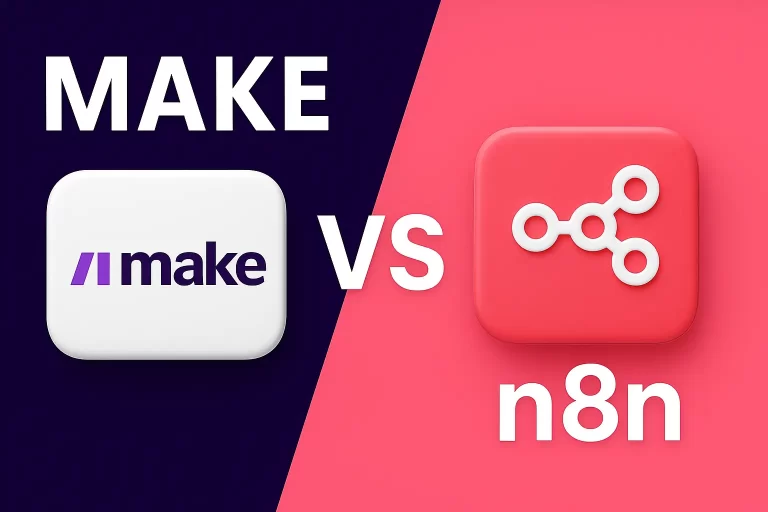OpenAI has recently unveiled its latest artificial intelligence models, OpenAI O1 and O1 Mini, marking a significant advancement in AI technology. This article provides an in-depth look at these new models, their capabilities, and potential impact on the AI landscape.
Nomenclature Shift: From GPT to O1
OpenAI has made a notable change in naming convention for this release:
- The new models are called “O1” and “O1 Mini” rather than following the previous “GPT” naming scheme.
- This shift may indicate OpenAI’s intention to distance these models from earlier iterations and emphasize their enhanced capabilities.
Key Features of OpenAI O1 and O1 Mini
1. OpenAI O1
- Designed for complex tasks requiring advanced reasoning
- Exhibits strong reasoning capabilities and broad world knowledge
- Integrates agentic workflows, enhancing its problem-solving abilities
2. OpenAI O1 Mini
- Faster and more cost-effective alternative to O1
- Particularly adept at coding tasks, potentially outperforming O1 in this area
- Offers a balance between performance and efficiency
Technical Advancements
Agentic Workflows
- O1 incorporates agentic workflows, allowing it to approach tasks more systematically.
- This feature enables the model to break down complex problems into manageable steps.
- Example: In game development tasks, O1 can outline steps such as describing game elements, detailing specifications, and organizing code structure.
Enhanced Reasoning Capabilities
- The models demonstrate improved ability to understand context and provide nuanced responses.
- They can engage in multi-step reasoning processes, evident in their problem-solving approach.
Code Interpretation and Generation
- Significant improvements in code-related tasks, particularly noticeable in O1 Mini.
- Capable of understanding coding requirements and generating functional code based on high-level descriptions.
Performance Evaluation
Black Tie Essentials Test
- In a test case involving product recommendations for black tie attire:
- O1 achieved an unprecedented 8 out of 10 accuracy rate.
- Successfully provided relevant designer links, a task that previous models struggled with.
- This performance indicates a substantial improvement in understanding context and following specific instructions.
Pricing Structure
OpenAI has introduced a new pricing model for these models:
- OpenAI O1:
- Input tokens: $15 per million
- Output tokens: $60 per million
- OpenAI O1 Mini:
- Input tokens: $3 per million
- Output tokens: $15 per million
This pricing structure positions O1 Mini as a more cost-effective option for many applications, while O1 is priced at a premium, likely reflecting its advanced capabilities.
Comparison with Competitors
- The pricing of O1 Mini appears to be strategically set to compete with Anthropic’s Claude 3.5 Sonic.
- O1 Mini’s input token pricing undercuts Claude 3.5 Sonic by $3 per million tokens, suggesting a competitive stance in the AI market.
Potential Applications and Impact
- Software Development
- Enhanced code generation capabilities could significantly accelerate development processes.
- Potential to assist in complex programming tasks and problem-solving.
- Content Creation
- Improved context understanding and reasoning may lead to more nuanced and accurate content generation.
- Data Analysis
- Advanced reasoning capabilities could be applied to complex data interpretation tasks.
- Customer Service
- Better understanding of context and nuanced queries could improve automated customer interactions.
- Research and Academia
- The models’ ability to process and synthesize information could aid in literature reviews and hypothesis generation.
Challenges and Considerations
- Ethical Implications
- The advanced capabilities of these models raise questions about AI’s role in decision-making processes.
- Data Privacy
- As these models process more complex information, ensuring data privacy becomes increasingly crucial.
- Accessibility
- The high cost of O1 may limit its accessibility, potentially creating a divide in AI capabilities among users.
- Reliability and Bias
- As with all AI models, ongoing assessment of reliability and potential biases is essential.
Conclusion
The release of OpenAI O1 and O1 Mini represents a significant step forward in AI technology. With enhanced reasoning capabilities, improved code generation, and the integration of agentic workflows, these models offer new possibilities across various sectors. However, their impact will depend on how effectively they can be integrated into existing systems and workflows, as well as how the AI community addresses the associated ethical and practical challenges.
As the AI landscape continues to evolve rapidly, the introduction of O1 and O1 Mini sets a new benchmark for performance and capabilities. It will be crucial to monitor how these models perform in real-world applications and how they influence the development of future AI technologies.




